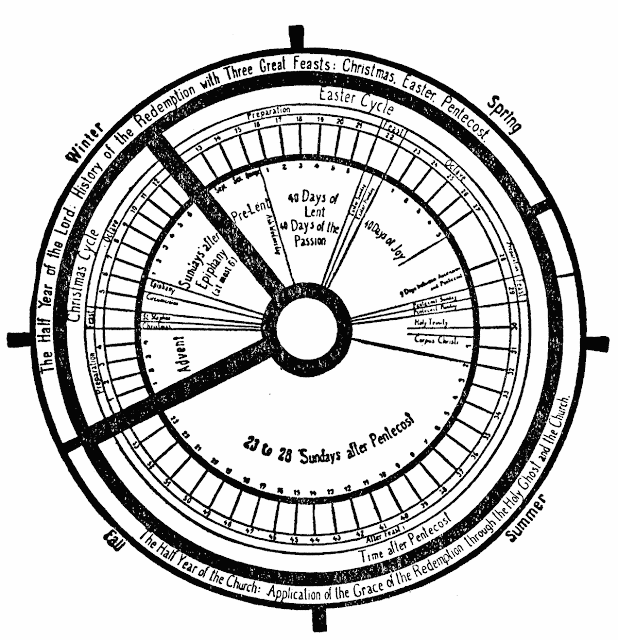One year, the most meaningful of the cycles of nature. Man marks it with celebrations, birthdays, anniversaries - including the anniversaries of the birth (Christmas) and Resurrection (Easter) of the Lord that define the Liturgical Year itself. It was comforting for us today to begin anew the Sunday cycle following the intense time of Advent, Christmastide and Epiphanytide with the same Gospel as in every single year - as our forefathers, both in the West and in the East, always did: one yearly cycle of readings for Mass. A one-year cycle, dictated by nature, received through Tradition, reminding us each year of the great Truths of our Faith.
The Second Sunday after Epiphany is, of course, the Sunday of the Wedding at Cana: it is fitting to begin the post-Epiphanytide Sundays with the first miracle of the Lord. There are great lessons and reminders in the day's Gospel, but the Roman Breviary reaches even more clearly with the voice of the Church, through Saint Augustine:
Even setting aside any mystical interpretation, the fact that the Lord was pleased to be asked, and to go to a marriage, showeth plainly enough that He is the Author and Blesser of marriage. ... Yet we read in the Gospel that when the Lord was asked, Is it lawful for a man to put away his wife for every cause? He answered that it was not lawful, except it were for fornication. In which answer ye will remember that He used these words: What God hath joined together, let not man put asunder.
In some other words of that Sermon, Saint Augustine explains:
They who are well instructed in the Catholic religion know that God is the Author and Blesser of marriage; and that, whereas joining together in marriage is of God, divorce is of the devil.
A terrifying warning for our age. Our deepest gratitude to those who preserved the Roman yearly cycle of readings for us.
